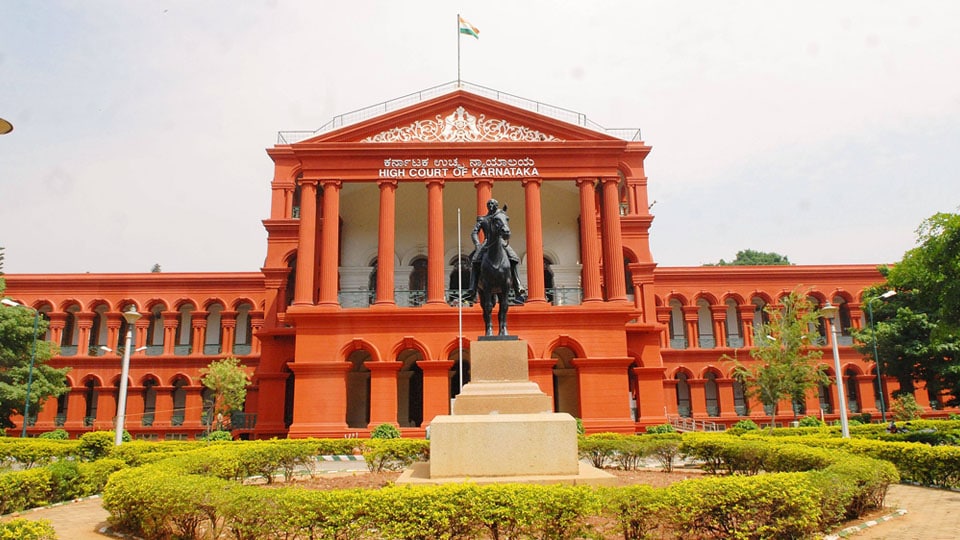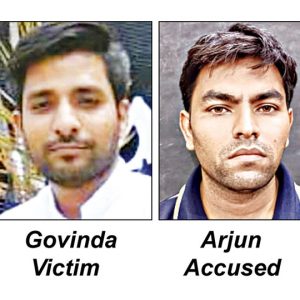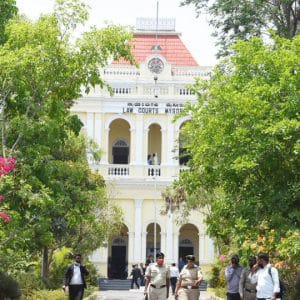High Court issues guidelines allowing petition filed by two murder accused from Mysuru
Bengaluru: The Karnataka High Court has issued guidelines to ensure that the Trial Courts prepare simple and unambiguous questionnaires while posing questions to the accused to enable them to personally explain circumstances while appearing in the evidences against them under Section 313 of Code of Criminal Procedure (Cr.PC).
Notably, the guidelines were issued by Justice Sreenivas Harish Kumar while allowing a petition filed by two accused persons — Meenakshi and Thrinethra from T. Narasipur in Mysuru — complaining about complexity of questions posed to them by Second Additional District and Sessions Court in Mysuru in a murder case.
The High Court ordered the quashing of the statements given against the accused on Feb. 22 this year under Section 313 of Cr.PC and record fresh statements. Thrinethra and Meenakshi challenged the refusal by the Sessions Judge to record statements and mandating that they answer in a single word, that is, “true or false”.
The High Court also directed the Karnataka Judicial Academy to prepare model questionnaires and circulate it to all Trial Courts for guidance.
GUIDELINES
- Only the incriminatory evidence must be picked out from oral and documentary evidence. The questions must be framed in simple language, as far as possible in short sentences.
- The attention of each accused must be drawn to the evidence adverse or against him/her.
- If a witness gives evidence as regards the collective overt act of two or more accused, then a single question may be framed, but each accused must be questioned individually, and their answers must be recorded separately.
- As two or more witnesses may speak identically regarding the overt act of an accused, the substance of their evidence may be put in a single question.
- The attention of the accused must be drawn to the marked incriminating documents and material objects.
- The accused must be questioned on various types of mahazars or panchanamas only if they contain incriminatory evidence.
- Accused need not be questioned in regard to evidence given by the formal witnesses.
- If there are two or more accused, it is not necessary to prepare as many sets of questionnaires as the number of accused are. It is enough to prepare a single questionnaire, but the question must be directed towards a particular accused individually or two or more accused collectively.
- When a question is framed pointing out the collective overt act of two or more accused, the answer of each accused must be recorded separately one after another.
- By virtue of amendment brought to Cr.PC, the Trial Court Judges may take the assistance of the Public Prosecutors and the defence counsel for framing the questions.
- In case the Public Prosecutor or defence counsel submits a set of questions, Trial Court Judges must scrutinise and adopt them.
- The Court should record the answer or explanation given by the accused and should not insist upon the accused to give an answer in one word, ‘false’ or ‘true’.








Recent Comments